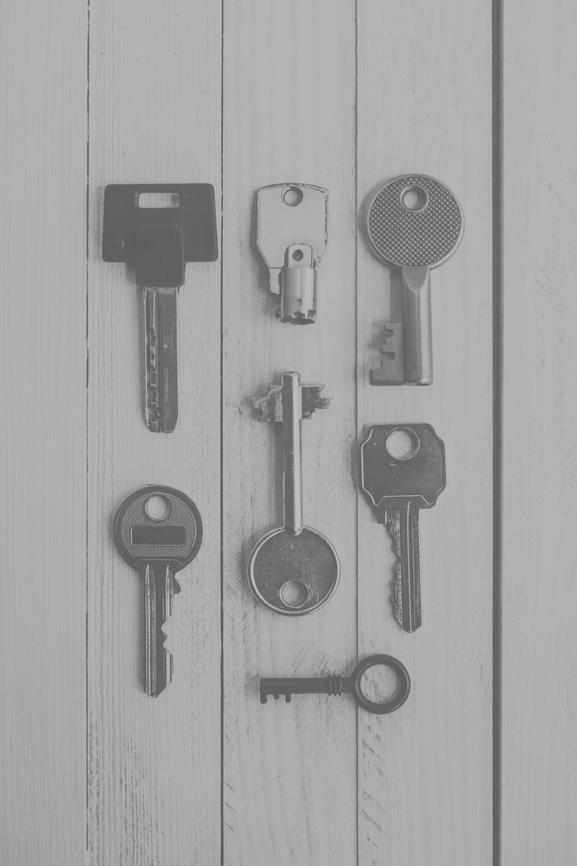Now that you know the secret behind successful budgeting, it’s time to develop your budget. Let me start by saying the ideal budget is one that works best for you and your spending. You’ll see many templates in the blogosphere, and each have their positives and negatives.
I’m gonna share with you my preferred approach for developing a budget and highlight a couple of other methods that I also think can work.
Base Your Budget on Your Spending
My preferred method of budgeting involves tracking your spending for a period of time – three months, six months, or ideally a year – and then using that data as the foundation for your category amounts. Once you have the foundational amounts, you can tweak your budget to make sure your spending priorities are in line with your goals. This method allows you to customize how you want to use your cash. For example, if you tend to spend more money on food and drink (groceries, dinning out, bars, etc.) in exchange for limiting what you pay for housing, that’s okay as long as you spend less than you earn and save an adequate amount of money.
I’m not a huge fan of prescribed percentages (e.g., spend no more than 30% of your income on housing or 4% on your insurance), but I do believe in saving 10-20% of your net income (i.e., take-home pay). Now that that majority of us are responsible for our retirement, it’s important to save as aggressively as you can. In addition, your savings should be split between an emergency fund, retirement, and short-term goals like purchasing a home.
Keep in mind, you can use this approach looking backwards. If you have software like Mint or Quicken, you can analyze your bank and credit card transactions retroactively to gain insight into your spending. I use this approach for all of my clients who have trouble determining where their money goes. If you don’t want to look retroactively, start from scratch and track your expenses going forward.
The Balanced Money Formula
If tracking your spending doesn’t strike your fancy, and you’d like more concrete percentages, I recommend using Elizabeth Warren and Amelia Warren Tyagi’s Balanced Money Formula, also known as the 50-30-20 budget. This approach divides your net income into the following categories:
- 50 percent for needs: These include expenses you have to pay every month – rent/mortgage, groceries, utilities, insurance, minimum payments on credit cards, etc.
- 30 percent for wants: These types of expenses are what you treat yourself to – dinning out, bars, movies, etc. Sometimes expenses in the same category may fall on separate sides of the need/want continuum. For example, you need milk, but you want Oreos. While both are groceries, one provides much less of a benefit than the other (and yes I’m talking about the Oreos).
- 20 percent for savings and debt: Lastly you have to save and pay your debt, like your student loans or credit cards.
I like that this approach provides prescriptive percentages but still allows you the flexibility to determine what you spend within each. My only reservation is that for people who find themselves in serious amounts of debt, like many of my lawyer friends with massive amounts of student loans, you may need to allot more than 20% your income to service that debt and still save for retirement.
The Bucket Budget
If complete tracking or even general budgets aren’t for you, I suggest using The Bucket Budget. This approach is similar the Balanced Money Formula, although once your necessary expenses and savings buckets are full, you can spend the rest on whatever you want, without keeping track. This is Ben’s favorite budget, and I wrote about it in detail here.
Again, whichever method you choose, make sure to take an approach that best fits your lifestyle and temperament. The best budget is one that you can stick to.




